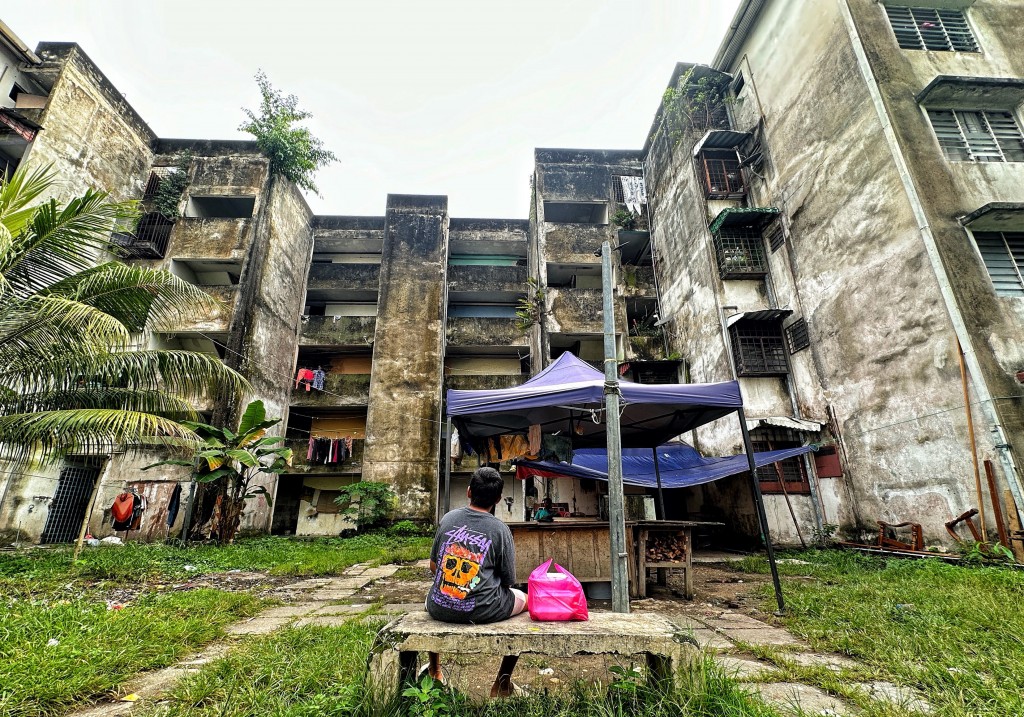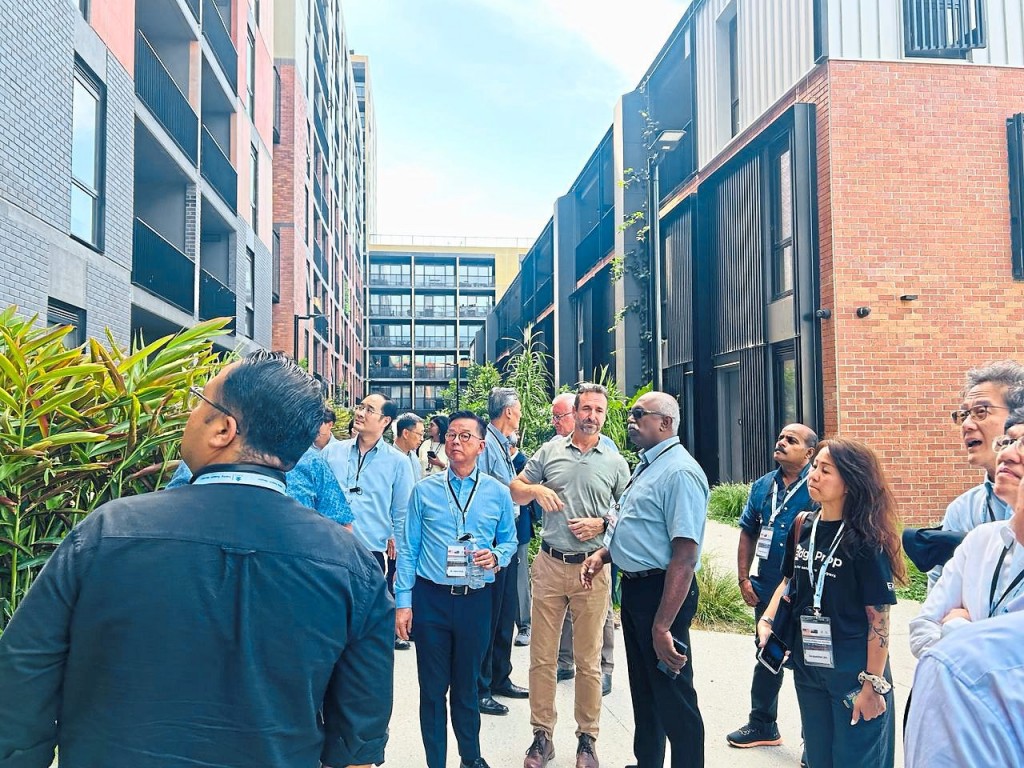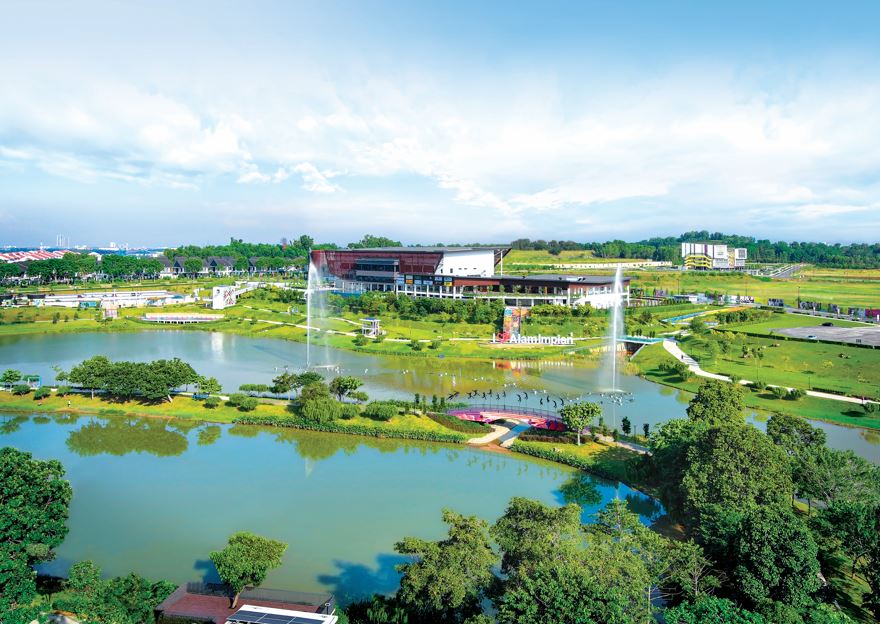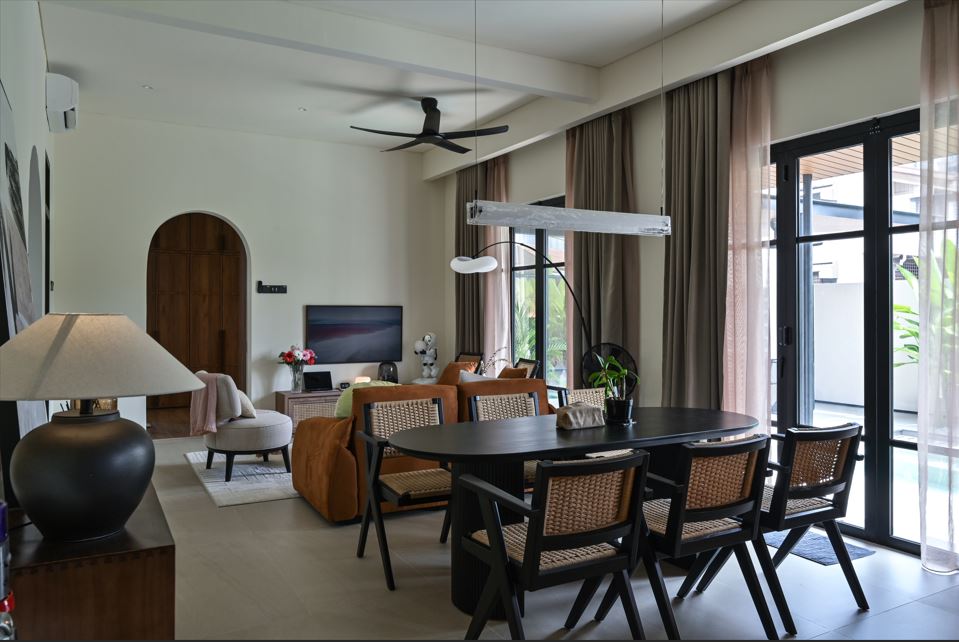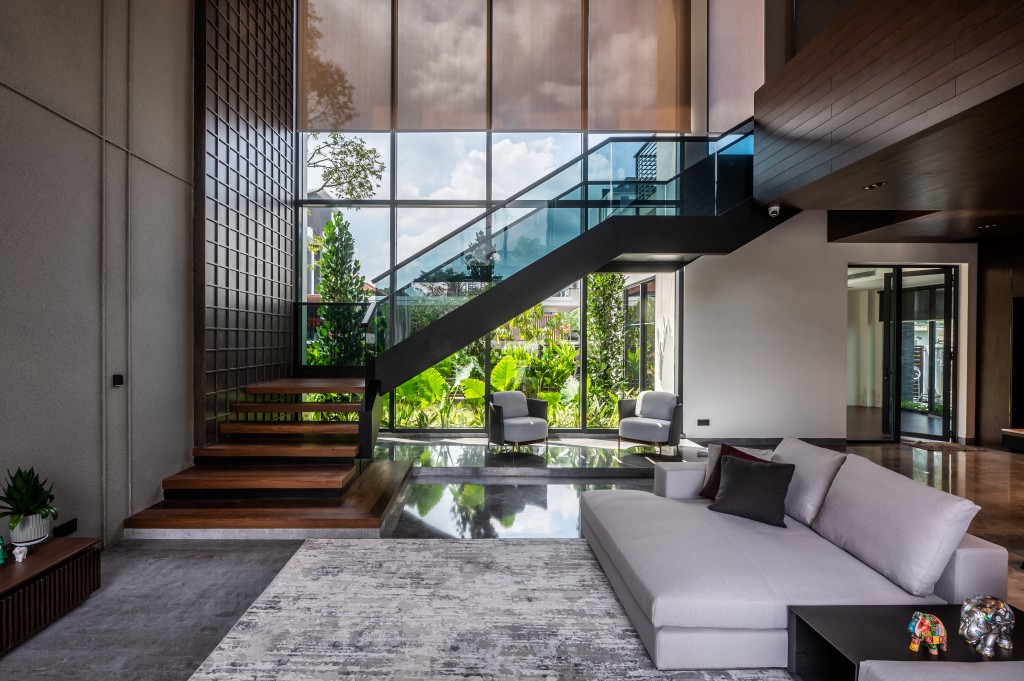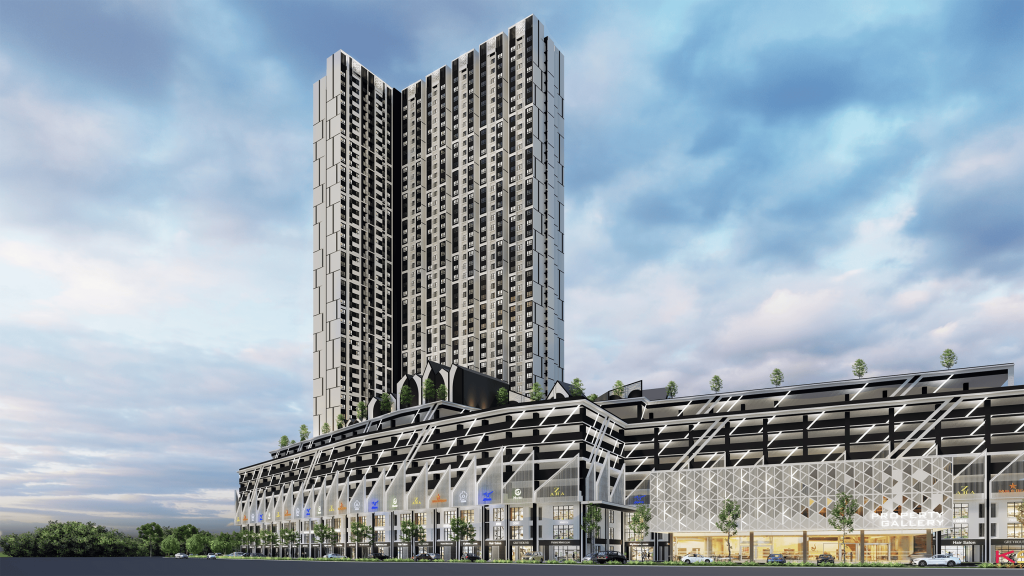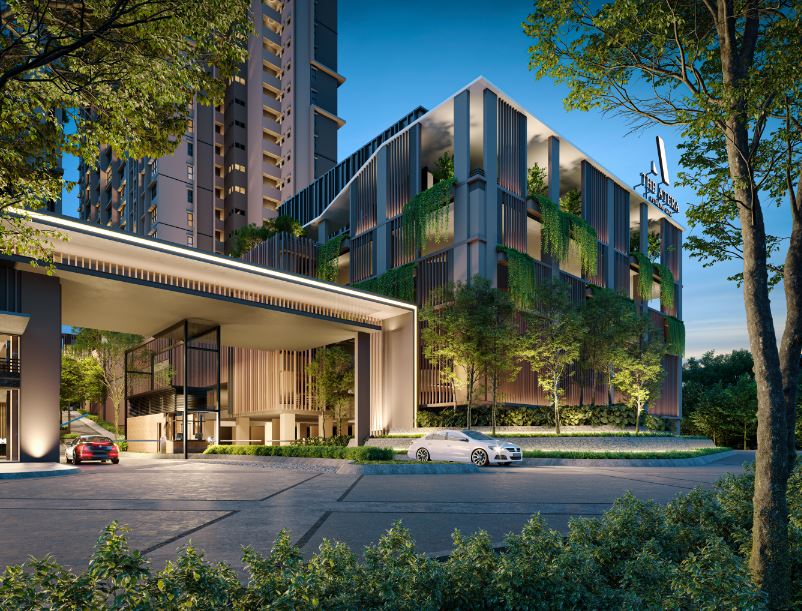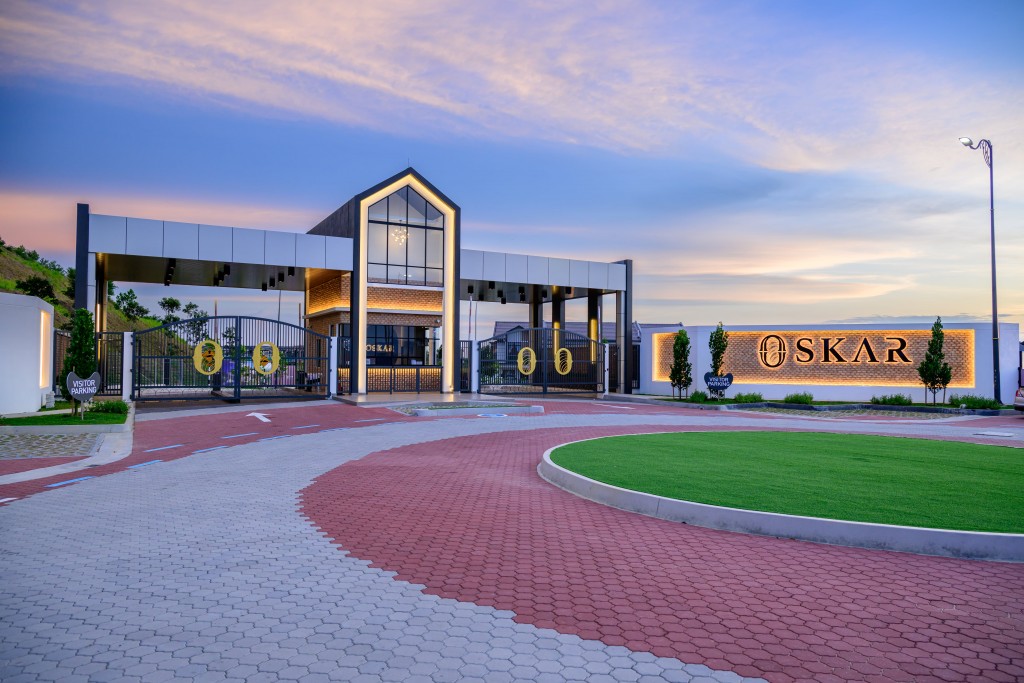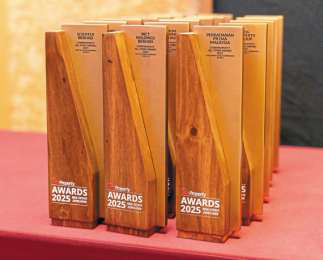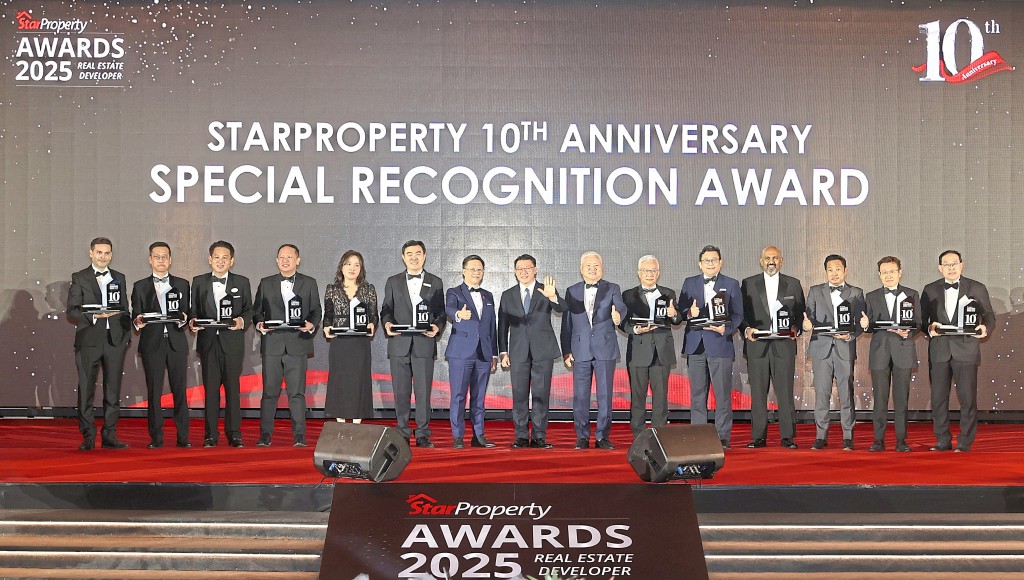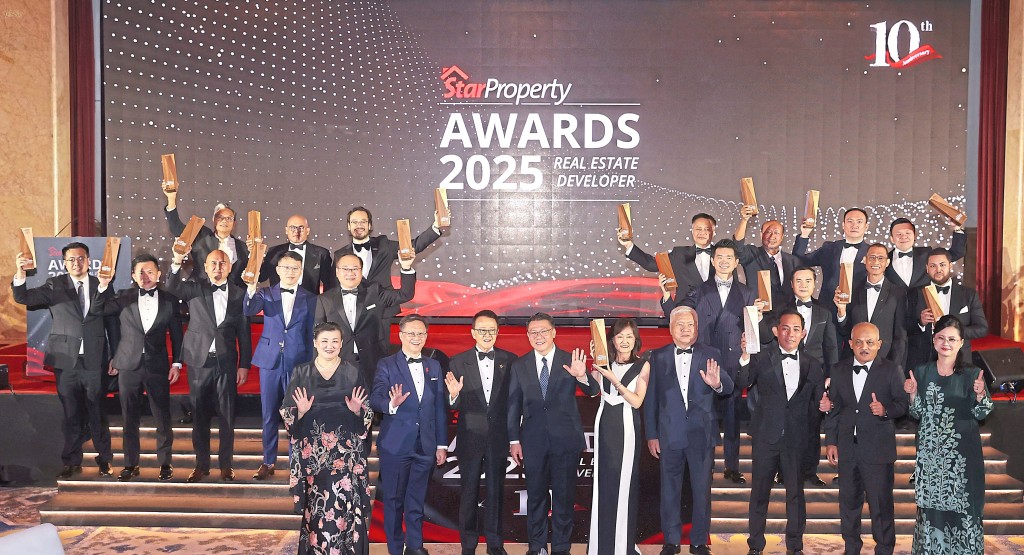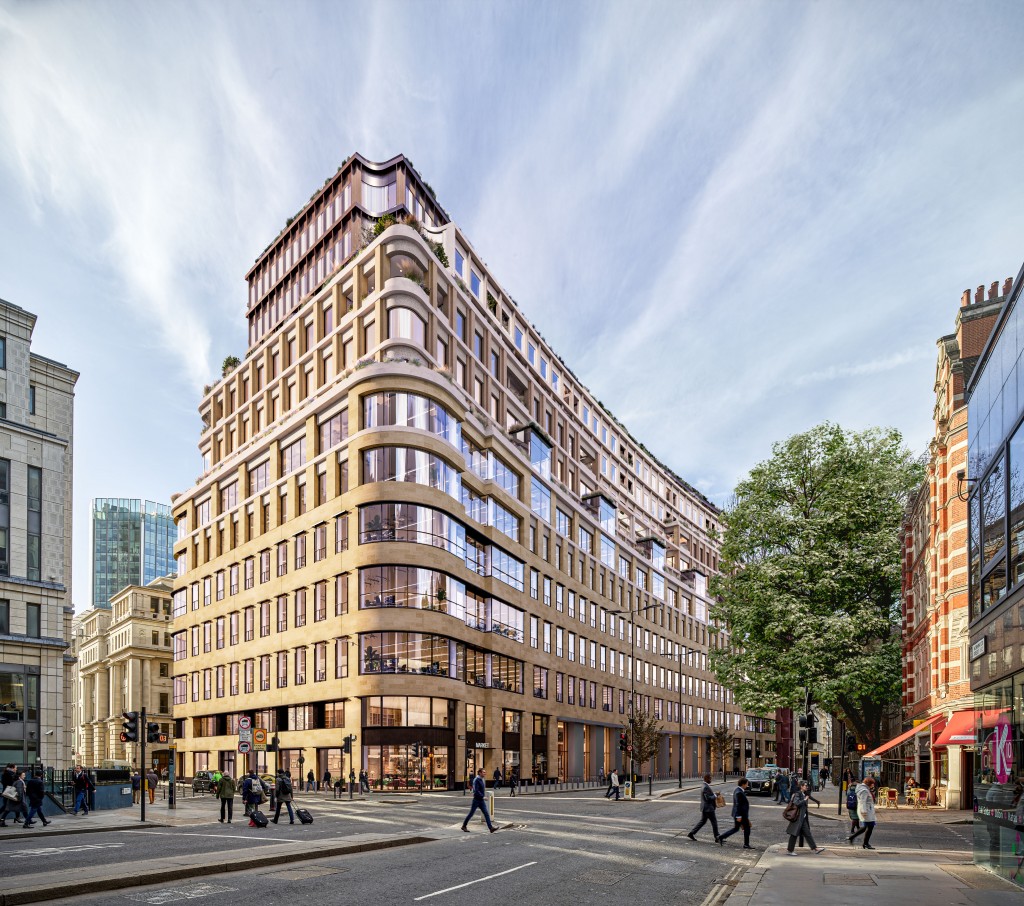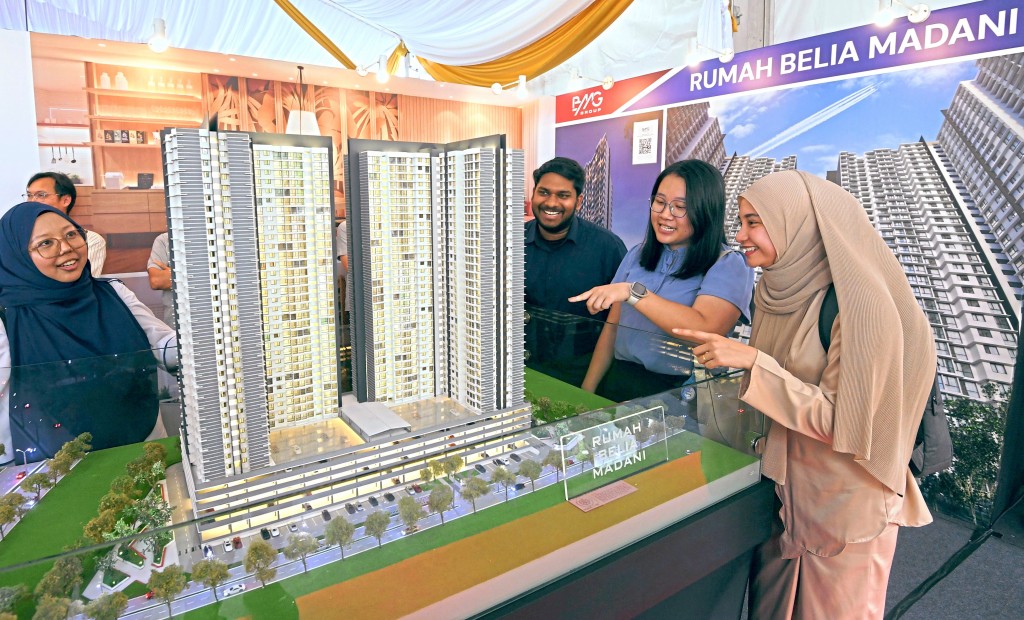
Potential home buyers looking at the model of a Residensi Madani at PPR Batu Muda, Kuala Lumpur. — AZHAR MAHFOF/The Star
Contributed by Foo Chee Hung
One of the biggest barriers to building affordable housing in urban areas is the high cost of land. In Kuala Lumpur, for example, land acquisition averages about RM570 per sq ft (psf). Combined with construction costs, a development could easily exceed the government's capped selling prices for Residensi Madani units at less than RM300 psf.
Coupled with development costs, developers building these price-controlled homes inevitably suffer financial losses. The only current remedy is cross-subsidisation from free-market housing, which drives up prices elsewhere, defeating the purpose of affordable housing in the first place.
The government mandates that any development over five acres to include Residensi Madani. However, with a large cost-price gap, these mandates create losses that discourage developers from participating.
Penang as a model
A more sustainable approach can be seen in Penang. In the instance of a few projects by reputable developers, land costs were lowered via public contribution (RM67 psf or just 4.4% of gross development value (GDV)). This made the project financially feasible without cross-subsidy.
Construction costs in Penang average RM167 psf. The homes, averaging 900 sq ft, were sold at RM250 psf to RM467 psf, making the numbers work better for developers while still being accessible to middle- and lower-income groups.
To replicate this balance in KL, we can draw inspiration from cap-and-trade systems used to regulate carbon emissions. In these systems, companies that exceed allowed emissions must purchase credits from those who emit less. This creates a market incentive to cut emissions without outright bans or penalties.
Similarly, a Madani credit system could let KL developers opt out of building Residensi Madani by paying into a credit pool, ideally 3% to 4% of their project’s GDV. The funds would then go toward acquiring and developing centralised Madani housing elsewhere, in partnership with Madani builders.
Consider a 40-acre parcel in Bandar Malaysia allocated for Residensi Madani. At 150 units per acre and a capped price of RM200,000, the GDV would be RM1.2bil. However, construction costs are estimated to reach RM894mil (74.5% of the GDV). Once compliance, fees and financing are added, total development costs could hit RM1.18bil, leaving a razor-thin profit margin of 1.7%, even without accounting for land costs. Including the land at RM570 psf easily adds another RM1bil, completely erasing the margin.
Clearly, even the public landowner (KLCC Holdings) stands to lose. But with a Madani Credit system in place, developers elsewhere in KL could buy exemption credits (3% of the GDV, for example) and those funds would then compensate the landowner for surrendering that land at no cost to the appointed Madani builder.
How it works
- Developers pay for credits (eg, 3%–4% of the GDV) to be exempt from building Residensi Madani on-site.
- Landowners surrender high-cost land to designated Madani builders and are compensated using the credit fund.
- Madani builders (specialised affordable housing developers) build price-capped units on centralised sites, with zero land cost and high density to ensure viability.
This model benefits everyone. Developers unlock the full market value of their land and build high-quality market housing. Landowners recover land value fairly, avoiding forced low-margin deals. Madani builders enjoy economies of scale and lower costs. And most importantly, buyers access better-located affordable housing.
Financial feasibility
In 2024, the National Property Information Centre (Napic) reported KL’s mean residential and serviced apartment prices at RM907,404 and RM756,629, respectively. New supply totalled over 31,000 units, with a combined value of RM26.8bil. A 3% contribution from this market would generate RM804mil, enough to offset 81% of the land cost in the Bandar Malaysia case.
This model delivers a tripartite win at the project level. Private developers are no longer burdened by uneconomical mandates that force them to build price-controlled housing on high-cost land. Instead, they can focus on optimising their projects for market value. At the same time, specialist builders, namely those with the expertise and scale to efficiently deliver affordable homes, can take the lead in constructing these units on more viable, centralised sites. Landowners, whether private or public, are not unfairly penalised by having to surrender valuable land below market value; they are compensated in a way that acknowledges the true worth of their assets.
At the national level, this approach allows affordable housing development to proceed hand in hand with healthy market dynamics. It avoids the distortions caused by rigid quotas or blanket requirements and instead spreads the responsibility more equitably across all players in the ecosystem.
The proposed Madani credit system offers a practical and fair solution to an intractable urban housing challenge. Modelled after successful market-based programs like cap-and-trade, it enables the government to meet social housing goals while maintaining a viable, responsive property development sector. Most importantly, it ensures a sustainable pipeline of affordable homes, without undermining the rest of the housing market.
Stay ahead of the crowd and enjoy fresh insights on real estate, property development and lifestyle trends when you subscribe to our newsletter and follow us on social media.


